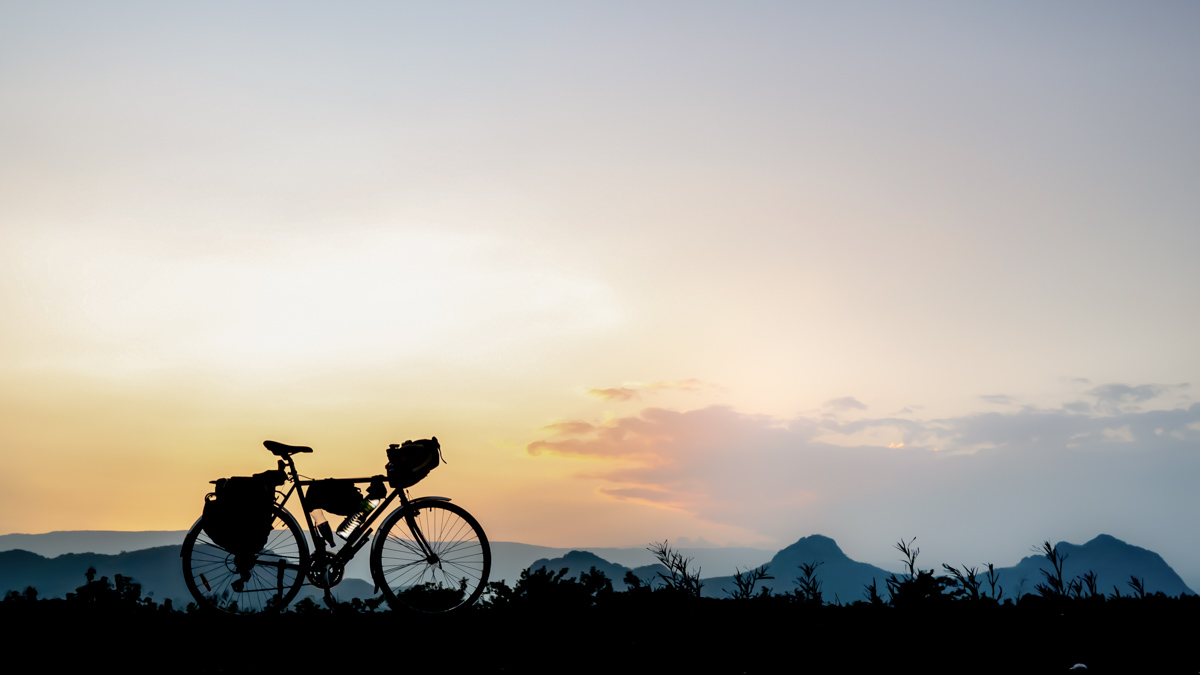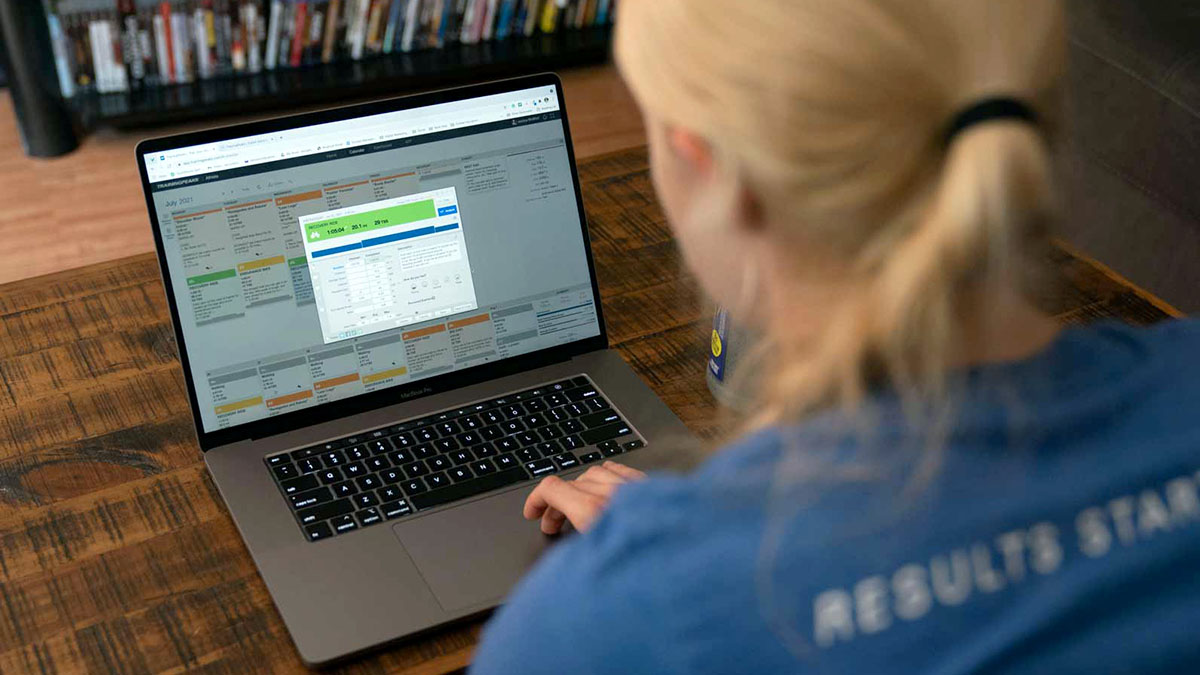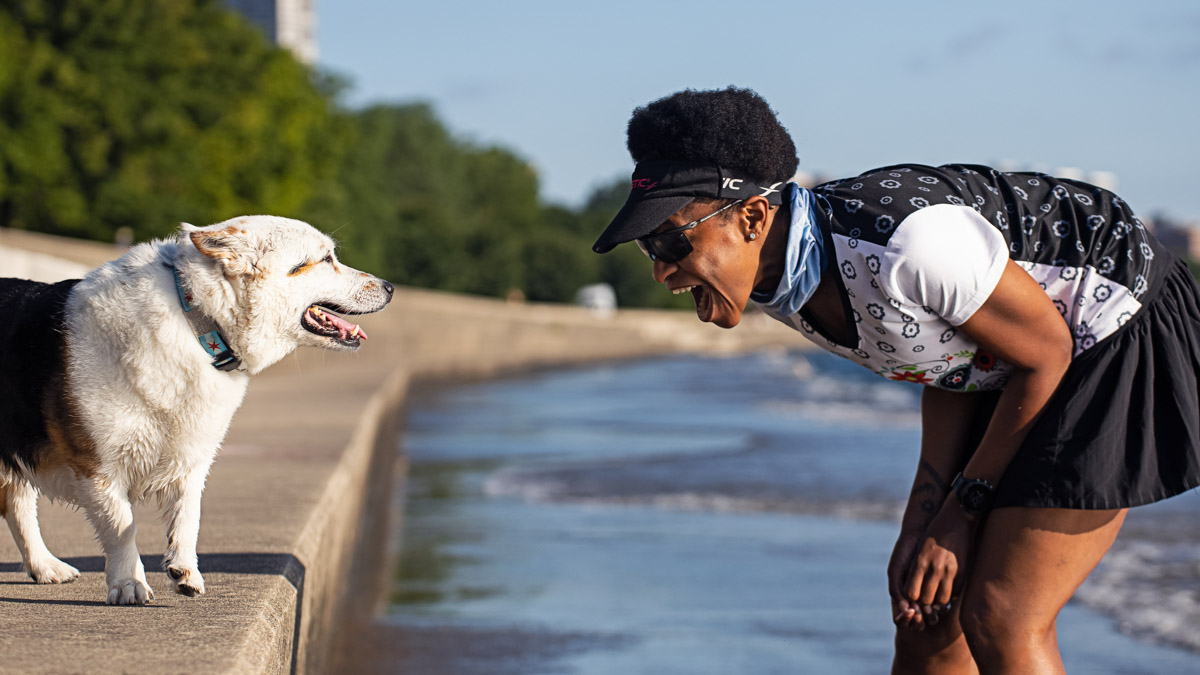Whoever said business and pleasure don’t mix obviously didn’t own a bike. While there are plenty of times when training and pleasure feel mutually exclusive, bikepacking is not one of those times.
So if your athletes are: A) Looking for a boost in endurance fitness, B) want to get away from the daily grind, C) are itching to do something epic, and D) have a little time and a bike. Then consider advocating for a bikepacking training camp. Here are four reasons why I encourage my athletes to use bikepacking as a training tool.
Aerobic Diffusion
There are many factors contributing to an athlete’s aerobic capacity, but one in particular that can be boosted by a bikepacking trip is aerobic diffusion (i.e., capillarization). Improvements in capillarization are made when the porosity of the muscle fibers increases such that the oxygenated supply gets closer to the point of consumption, and deoxygenated blood is quickly transported back to the lungs. This improvement of the delivery and clearing mechanisms within the muscle tissue occurs most often after high-volume, low-intensity work. The same kind of work happens when you pedal along all day, chatting with your adventure buddy, with fully loaded frame and bar bags.
The volume and consistency of work bikepacking demands are unique. When you’re at home, heading out for regular workouts, you’re operating within certain constraints, including but not limited to: time, life responsibilities and work. When you’re out in the middle of nowhere, living simply and spending most waking hours pedaling, your training volume goes way up. By default, your aerobic capacity will also radically improve.
Handling Skills
If you have ever bikepacked or toured, you might know this experience. The first time I ever loaded up, I LOADED UP. Frame bag? Check. Seat pack? Check. Handlebar bag? Check. Backpack bulging with all the stuff I couldn’t fit in the previous three? Checkity check. And that ride was where I learned what being very picky about line choice meant. Even if you aren’t toting an extra “you” worth of weight, bikepacking loads up the bike more than usual, making handling skills much more important and challenging, spending a day or three maneuvering an extra 20-50 pounds (~9-23kg) heavier than a normal bike will not only make your standard setup feel that much more responsive, but it will improve your handling and line choice skills significantly. As a result, you will become a more efficient rider.
Self-Sufficiency
This goes for both planning and roadside maintenance. Bikepacking happens typically far from a sag wagon, local bike shop, or easily accessible significant other rescuers. Because of this, one is forced to plan ahead, pack the essentials, and learn the skills required to service your equipment wherever and whenever required.
This can also lead you to refine your bikepacking setup to be more robust or more repairable and teach you the benefits of regular maintenance to reduce said roadside incidences because bikepacking is much more fun than a bike-sitting-by-the-roadside-waiting-hours-for-a-pickup situation.
Fun!
Training is frequently monotonous. A dozen hill repeats of the same hill. Four long intervals at the threshold on the trainer. Drills, drills, drills, and more drills. Sometimes the structure is so dull! But riding through the mountains? Exploring a random ghost town? Experiencing the countryside at a pace slightly faster than walking? And sharing it all with a friend or friends? Yes, please! Seriously, bikepacking is an absolute pleasure to do at a pace that actually lets you notice the detail and nuance of the world around you.
It also can be done at a pace that allows you to ride alongside significant others or friends who may otherwise be way ahead or behind on more effort-targeted training rides. The fact that bikepacking has such immediate and significant benefits for athletes and can be kept entirely within an enjoyable level of effort makes this one activity where business and pleasure are harmonious.
Finding creative solutions to training that athletes engage with and reap tangible benefits from can be challenging. Luckily bikepacking offers such a breadth of options as far as distance, elevation and equipment. This makes it an easy choice to break up the monotony and get your athlete in contact with some of the more enjoyable parts of being on a bicycle.
References
Gliemann, L. (2016, June 24). Training for skeletal muscle capillarization: a Janus-faced role of exercise intensity. Retrieved from https://link.springer.com/article/10.1007/s00421-016-3419-6









